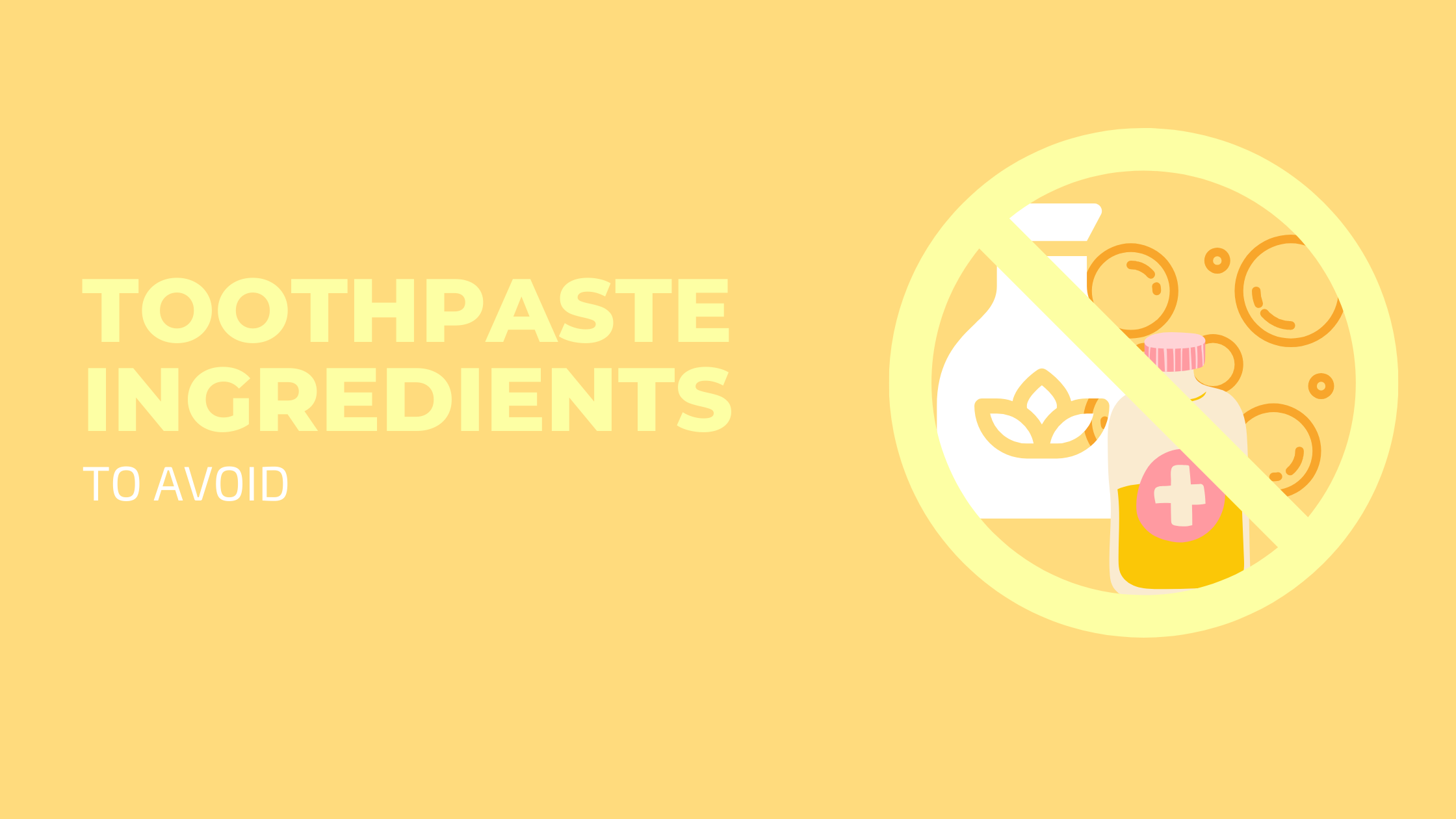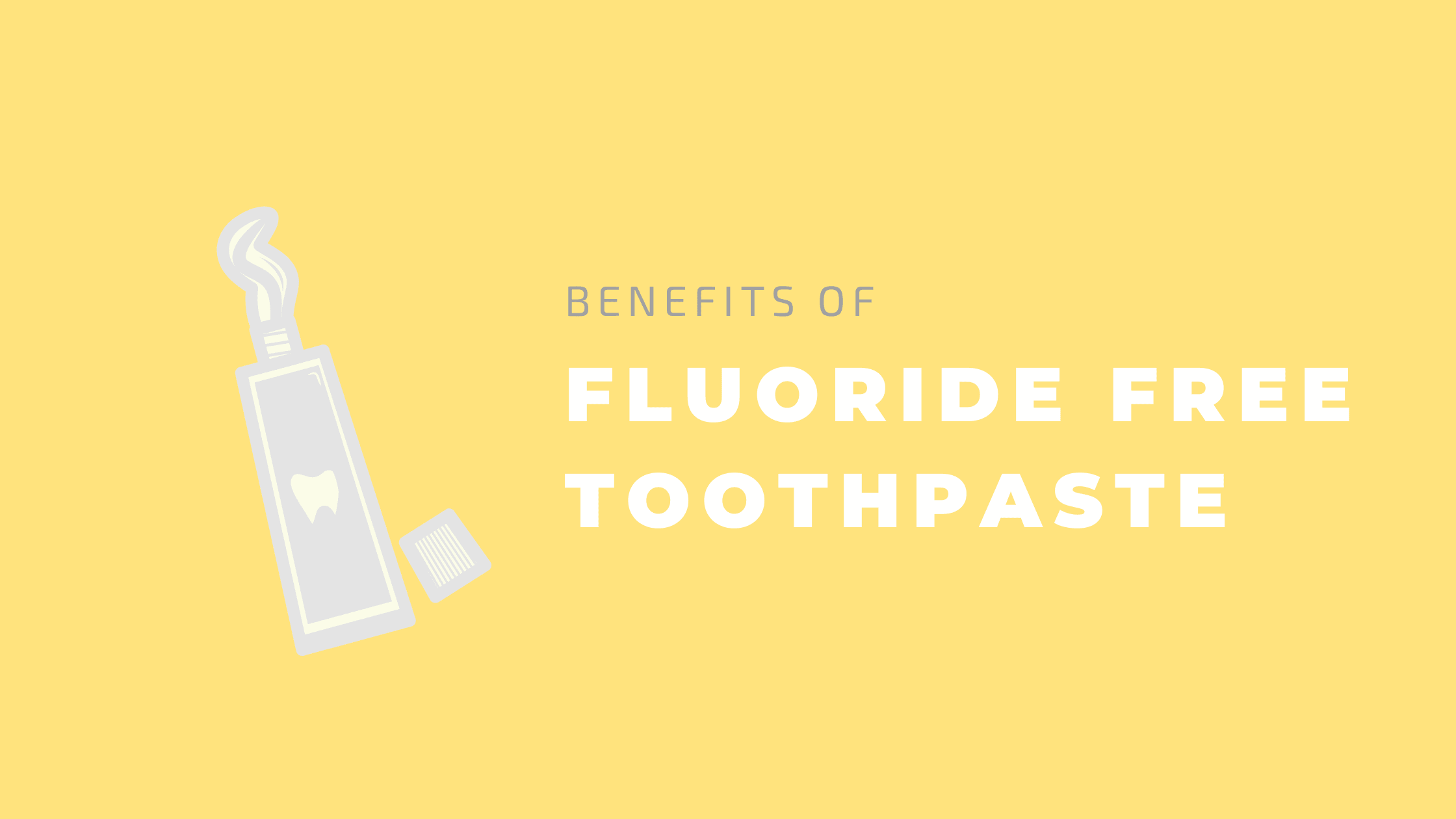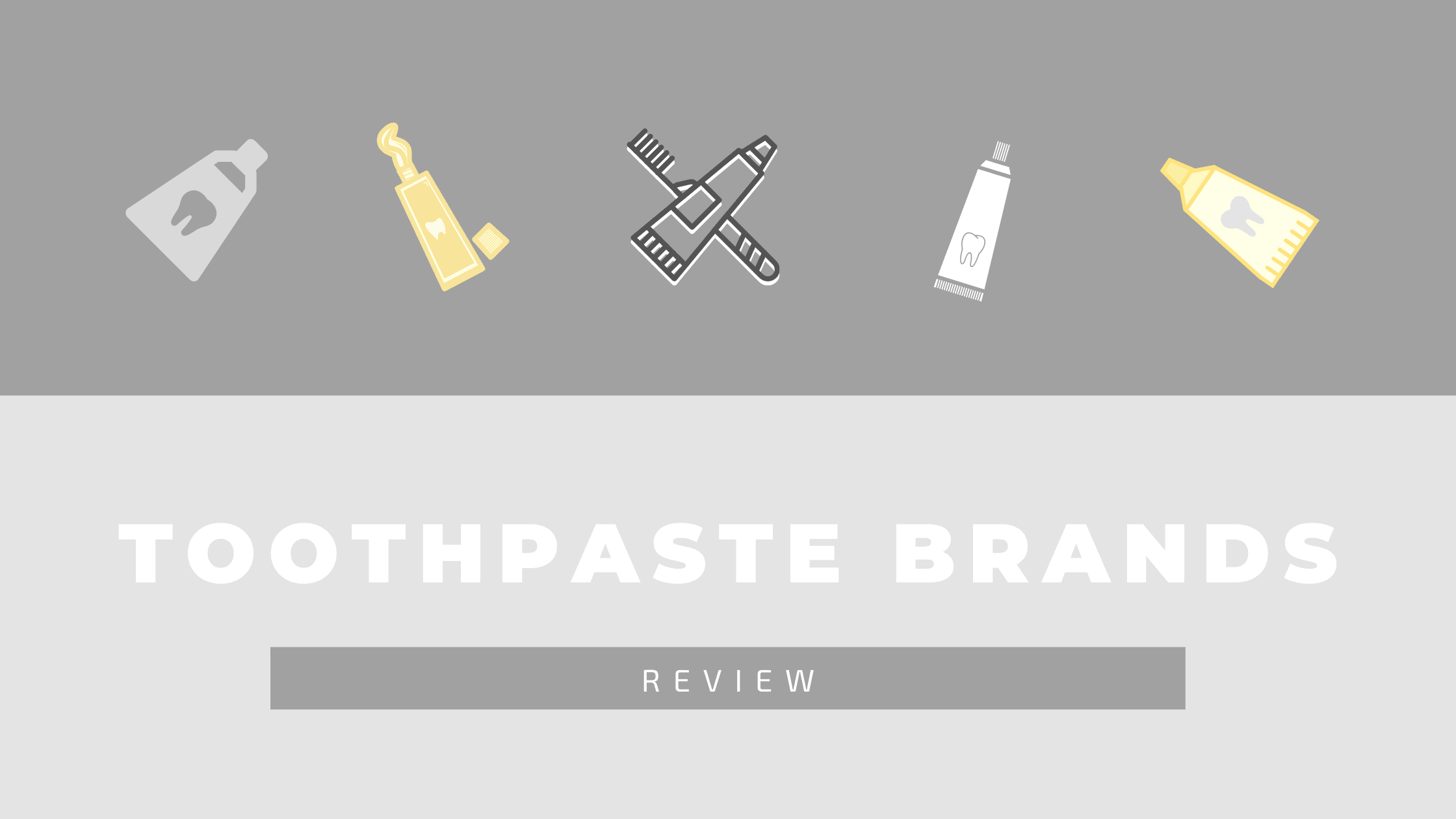
Toothpaste Ingredients to Avoid
It's important to learn which toothpaste ingredients to avoid because many commercial brands contain chemicals with side effects. All toothpaste should be safe to swallow, and not have a warning on the back. However, this is not the case since most do contain a warning on the back that swallowing toothpaste may be hazardous to your health. Dermatologists recommend a flavorless toothpaste for many allergy sufferers. Toothpaste flavors, especially in the mint family, can cause skin or mouth rash flareups. A natural mint-free toothpaste is preferred.
Potentially harmful chemicals in toothpaste can affect the health of your teeth and gums as well as your general health. As a consumer, it's truly mind boggling choosing the right brand that results in healthy teeth and gums, as well as being free of potentially harmful ingredients. Is it better to use a natural toothpaste, a tartar control toothpaste, a sensitive teeth toothpaste, a home-made recipe toothpaste or just plain old baking soda and water?
The inside of your mouth provides a fast way to absorb ingredients from toothpaste and mouthwash into the body. Drugs such as nitroglycerine for heart conditions, vitamin supplements, and pain medications are often given under the tongue for fast absorption.
You may not be aware of it, but ingredients in toothpaste may be delivering a daily dose of antibiotics or other 'active ingredients' to you as you brush, especially if you have bleeding gums. Oh, the WARNING is on the back of the toothpaste, but who looks at that? With the Food and Drug Administration (FDA) regulations, all toothpaste with fluoride, or claims for oral health, must add a warning on the back of the label.
WHAT'S IN YOUR TOOTHPASTE?
Fluoride is in most toothpaste to help prevent tooth decay. However, fluoride can be deadly if a certain amount is swallowed. The WARNING on the back of all toothpaste with fluoride is mandated by the Food and Drug Administration (FDA) to include:
"Keep out of reach of children under the age of six. If more than used for brushing is swallowed, contact the nearest poison control center or your physician immediately."
The ingredients in children's toothpaste are important because children do not have the ability to spit before the age of six. To market their fluoride toothpaste to children, most brands add colorful dyes and candy flavors to make the child want to use the product. What they don't tell you is that if a child under the age of six swallows half of a tube of sparkly, bright colored fluoride toothpaste that tastes like bubble gum, it could be fatal. For children, it's best to choose a fluoride-free toothpaste.
If you ask your dentist for a toothpaste to recommend, they will most likely recommend the brand most often delivered for free in sample sizes to their office. The sales representative will include a glossy research page or two with pictures, paid for by the brand to motivate the dentist to recommend it. Therefore, the dentist becomes a free advertiser for the toothpaste brand. Unfortunately, dentists are often unaware of the harmful chemicals in toothpaste that they must warn their patients to avoid. And the patient trusts the dentist's recommendation and buys the toothpaste.

INGREDIENTS IN TOOTHPASTE AND MOUTHWASH TO AVOID
Besides harmful effects of fluoride if swallowed, other potentially harmful ingredients may include saccharin, antimicrobials, and harsh abrasives. Below is a partial list of some toothpaste ingredients to avoid.
- Saccharin has been on the on-and-off list of FDA for causing cancer. Xylitol is safe not only as a sweetener, but has many other benefits. Recent studies show encouraging results for decay prevention, helping with dry mouth and even gum disease. Toothpaste with xylitol is a better option than fluoride.
- Antimicrobials, whether natural or synthetic can include tea tree oil, alcohol and triclosan among others. These days antimicrobials are found in many products, such as deodorants, dish soap, hand and body soaps, and some shampoo. Center for Disease Control warns that with over use of antibiotics, the result can be antibiotic resistant bacteria. MRSA and other resistant to antibiotic strains are proof.
- Abrasives are meant to remove stains, but can be harsh in many toothpaste brands, with their claims to whiten teeth, and can actually cause sensitivity. "Abfraction" is a term used by the dental profession for tooth sensitivity that may be caused by aggressive brushing or abrasive toothpaste.
- Chlorine dioxide is an industrial bleach, used for bleaching wood, flour, and disinfection of municipal water. This ingredient is sometimes added to toothpaste to fight gum disease.
- Sodium lauryl sulfate (SLS) is a surfactant and industrial detergent added for foaming and cleaning. Studies report it may cause canker sore, dry mouth and allergies.
- Sodium hydroxide (NaOH), also known as lye or caustic soda, is a metallic base, used in textiles, drain cleaners and industrial detergents. It's used in toothpaste, even some natural ones, to neutralize the pH of certain ingredients.
- Alcohol in mouthwash can lead to dry mouth. Dry mouth is not a healthy oral environment and may lead to gum disease. Alcohol free mouthwash with xylitol is recommended.
- Herbal extracts are found in natural toothpaste with many health claims. Herbs have side effects and drug interactions. With frequent use, they could also cause allergies. Many products add herbal extracts and oils for marketing and call their products 'natural'. National Health Institute (NIH) and MedlinePlus are an excellent source to check side effects of herbal and botanical ingredients. Another excellent resource is University of Maryland's Alternative Medicine Guide.
- PEG/PPG (polypropylene glycol) is a surfactant used as a wetting agent, and dispersant in leather finishing. Large quantities are required to cause health damage, however, accumulative amounts even with low amounts absorbed daily, have not been tested.
CHOOSING THE RIGHT TOOTHPASTE AND MOUTHWASH
Cleure SLS free oral care products are formulated to help you have a beautiful smile without harsh potentially harmful ingredients.
- Salicylate-free, fluoride-free, and free of sodium lauryl sulfate (SLS
- Free of artificial sweeteners
- Formulated with xylitol. Studies report xylitol helps prevent tooth decay
- Baking soda toothpaste to help remove surface stain, brightening your smile
- Made in the U.S.A.
Shop our line of clean, hypoallergenic oral care here.



Leave a comment
This site is protected by hCaptcha and the hCaptcha Privacy Policy and Terms of Service apply.